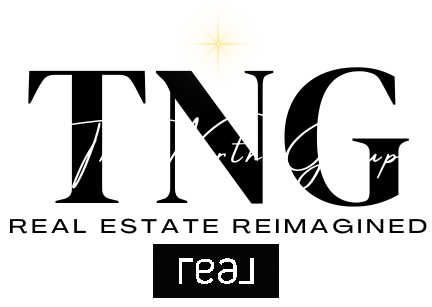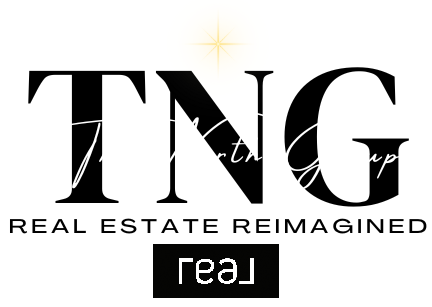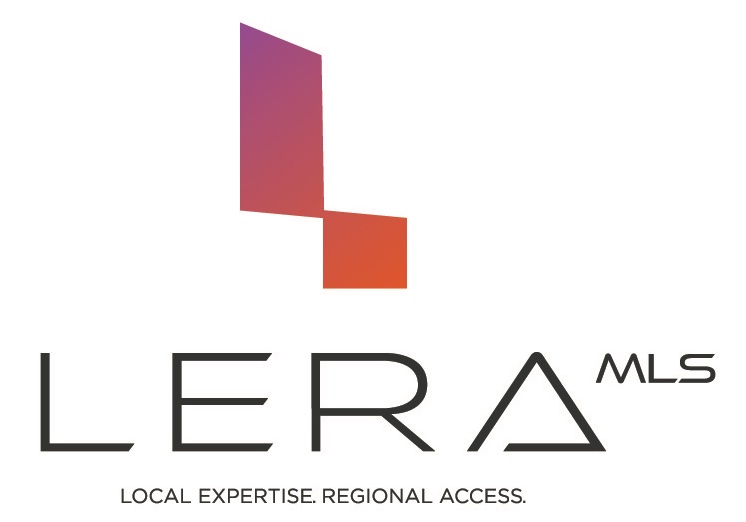If you’ve been weighing a move to Texas, chances are you’ve looked at Austin and Dallas as top contenders.Both are dynamic, fast-growing metros offering great job opportunities, strong amenities, and unique lifestyles — but they deliver very different experiences for homebuyers. In 2025, those differences are more pronounced than ever, as market shifts, migration patterns, and new-construction trends redefine what buyers can expect in each city.
My name is Anna Ghalumian, and together with my incredible team at the True North Group, we are here to bring you all the up-to-date information you need to decide which city, which suburb, and what options are the best for you and your family. Whether you’re planning on moving in 7 days or 77 days, we’re here to walk you through it all.
Let’s dive into how Austin and Dallas compare in 2025 — from housing prices to lifestyle trade-offs — and help you decide which Texas metro best fits your goals.
The 2025 Real Estate Snapshot
Austin: The Tech Hub with Cooling Prices
Austin remains one of Texas’s most talked-about markets, but after years of skyrocketing appreciation, 2025 has brought a period of balance — and opportunity. The median home price in Austin sits around $538,000, and while that’s still among the highest in the state, prices have softened slightly year-over-year.
The market has transitioned toward a buyer-friendly phase, with inventory up more than 20% compared to last year. According to the Texas Real Estate Research Center, Austin’s market now offers more negotiability and better options for buyers who were previously priced out during the 2021–2022 boom.
Behind those numbers is a changing demand pattern. The tech sector continues to anchor Austin’s economy — with employers like Tesla, Apple, and Oracle maintaining strong regional footprints — but more buyers are now prioritizing lifestyle, space, and affordability. Suburbs like Leander, Kyle, and Georgetown are seeing steady activity as families and professionals seek balance between price and proximity.
Dallas–Fort Worth: Expanding Options and Greater Value
The Dallas–Fort Worth (DFW) region tells a slightly different story. While inventory has increased — giving buyers more leverage — the overall median home price, around $467,000, remains notably lower than Austin’s.
DFW benefits from a diversified economy (finance, healthcare, logistics, energy) that tends to stabilize the housing market. For buyers, that means steady long-term value and broader choices, especially across fast-growing suburbs like Frisco, McKinney, Prosper, and Mansfield.
New construction remains robust across the metro, helping to keep supply aligned with demand. However, increased building also means more competition among sellers — something buyers can use to negotiate closing costs or upgrades. Overall, Dallas continues to offer strong affordability and variety for buyers seeking larger homes, more land, and solid community infrastructure.
Price and Affordability
When it comes to cost, Dallas wins the affordability race. According to recent cost-of-living indexes, housing costs in Dallas average 10–15% lower than in Austin. Property taxes are similar between the two metros, but the difference in average home price means buyers in Dallas can often purchase larger homes or newer builds for the same investment they’d make in Austin’s inner suburbs.
Austin’s prices, while higher, reflect its tech-driven demand and cultural cachet. Buyers often pay for proximity to downtown, access to high-ranking school districts, and lifestyle amenities like outdoor recreation and entertainment.
If you value culture and convenience over space, Austin’s premium might feel justified; if not, Dallas will stretch your dollar further.
Market Dynamics and Appreciation
Both markets saw explosive growth between 2020 and 2022, but by 2025 the pace has normalized. Austin’s appreciation rates have cooled, hovering between 1–3% annually — a significant slowdown from double-digit increases during the pandemic years.
In contrast, Dallas’s appreciation remains steady, reflecting its broader economic base and more consistent population growth.
For long-term investors or homeowners thinking in decades, Dallas offers stability, while Austin offers selective upside — particularly in neighborhoods or suburbs tied to ongoing tech expansion. Areas near Tesla’s Gigafactory, for instance, continue to draw attention for their potential appreciation and rental demand.
Lifestyle and Livability
Beyond the numbers, choosing between Austin and Dallas often comes down to how you want to live.
Austin offers an unmistakably creative, youthful vibe — it’s the Live Music Capital of the World, filled with festivals, trails, food trucks, and a vibrant outdoor culture. It’s ideal for buyers who want to be in a tech-forward city with a laid-back lifestyle. However, that same energy comes with traffic congestion, higher home prices, and limited inventory close to downtown.
Dallas, on the other hand, delivers big-city sophistication with suburban comfort. It has a more traditional metro layout with extensive suburban choices, master-planned communities, and strong school districts.
The trade-off? Less of Austin’s quirky charm, but more options for growing families or professionals wanting balance between work and space.
What Buyers Should Consider Before Choosing
Before deciding which market to enter, evaluate a few key factors:
• Job proximity and commute: Austin traffic can be challenging, while Dallas’s metro layout offers more commuting flexibility.
• Long-term investment outlook: Austin may have higher volatility, but stronger upside in niche areas. Dallas offers steadier value.
• Lifestyle fit: Culture-driven vs. community-driven living — both have strong identities, but they suit different personalities.
• Affordability: Factor in home size, HOA fees, and property taxes; Dallas typically offers more square footage per dollar.
• Resale strategy: As both metros normalize, focus on desirable locations within each — top-rated schools, access to amenities, and low-flood-risk zones.
What’s Next for 2025 and Beyond
Looking forward, both Austin and Dallas are poised for sustainable, steady growth rather than rapid surges.
Austin’s future will be defined by innovation and tech, while Dallas’s will center on expansion and infrastructure.
As Texas continues to draw inbound migration from high-cost states, both markets remain long-term winners — just with different risk-reward profiles.
For buyers, that means opportunity: more inventory, less competition, and the ability to negotiate favorable terms that weren’t possible during the peak boom years.
Conclusion
In the Austin vs. Dallas debate, there’s no one-size-fits-all answer — only what fits your goals best.
If you crave vibrant culture, tech growth, and the energy of a creative hub, Austin may be worth the higher price tag.If you prefer affordability, space, and long-term stability, Dallas could offer the smarter buy.
Both markets are adjusting to a new normal, which means 2025 may be the best time in years to find value in either metro.
If you’d like personalized insight into which market aligns with your budget, lifestyle, and future goals, our team at the True North Group is ready to help.Schedule a one-on-one consultation with us, and let’s find out whether your next Texas home belongs in Austin’s creative core or Dallas’s thriving metro.





